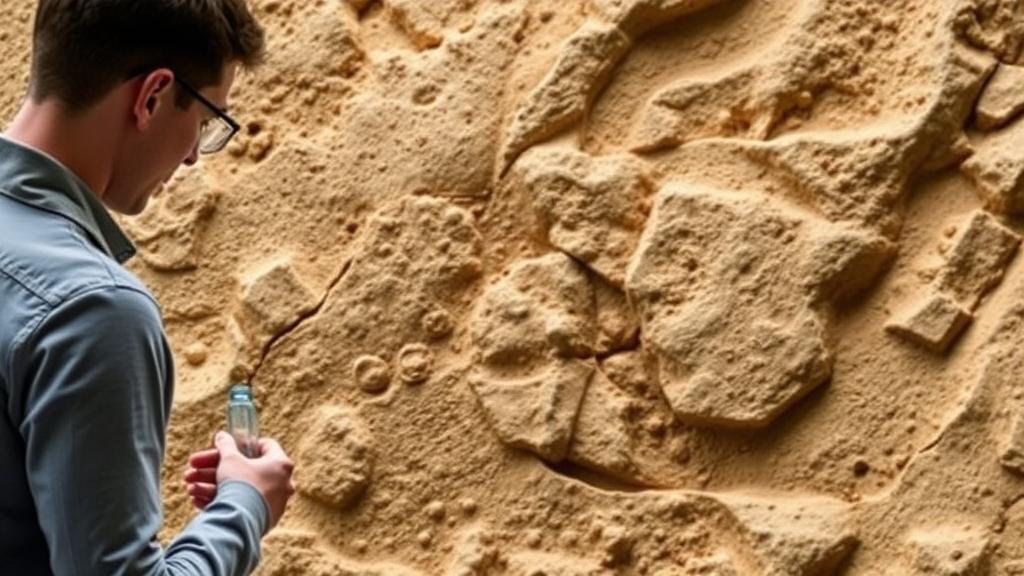Prompting AI to Simulate Ancient Human Migration for Fossil and Artifact Clues
Introduction
The study of human migration in antiquity is a cornerstone of archaeology, anthropology, and history. Understanding how ancient peoples dispersed across various continents sheds light on their cultural practices, trade networks, and survival strategies. Recent advancements in artificial intelligence (AI) and machine learning present innovative opportunities to simulate historical migration patterns. By leveraging AI to analyze fossil and artifact clues, researchers can exploit vast data sets to gain insights into human trajectories, settlement patterns, and inter-group interactions.
Background on Ancient Human Migration
Human migration has occurred for millennia, often driven by environmental factors, resource availability, and social dynamics. Notable migrations include the Out of Africa model, which posits that anatomically modern humans migrated from Africa approximately 60,000 years ago, eventually colonizing Europe, Asia, and beyond.
Key archaeological sites, such as the Blombos Cave in South Africa and the Bering Land Bridge in North America, provide tangible evidence of these movements. The discovery of tools, ornaments, and remains helps reconstruct these ancient journeys and the challenges faced by early humans.
Utilizing AI for Migration Simulation
The Role of AI in Archaeology
Artificial intelligence can process and analyze large volumes of archaeological data, providing insights that would be time-prohibitive for humans. Specific AI methodologies include:
- Machine learning algorithms that recognize patterns within archaeological datasets.
- Natural language processing for analyzing historical texts and ethnographies.
- Predictive modeling to forecast migration paths based on environmental and social variables.
Case Study: The Simulation of the 13,000-Year-Old Clovis Migration
One application of AI in simulating migration is the analysis of the Clovis culture, which emerged around 13,000 years ago in North America. Researchers utilized AI algorithms to simulate potential migration routes based on repository data of Clovis artifacts and the climatic conditions of the period.
By applying machine learning, scientists discovered a correlation between temperature fluctuations and the movement of Clovis peoples toward bison-rich areas in the Great Plains. This simulation not only reinforced the hypothesis that these early Americans were responsive to environmental changes but also identified areas where further archaeological investigation could be fruitful.
Fossil and Artifact Analysis
Data Gathering Techniques
Successful simulation relies heavily on accurate data gathering and processing. Key techniques include:
- Remote sensing technology to locate archaeological sites.
- Geographic Information Systems (GIS) for mapping ancient habitats and migrations.
- Isotopic analysis of fossils to determine diet and movement patterns.
Challenges in Interpretation
While AI provides robust tools for simulation, researchers must be cautious of over-reliance on predictive modeling. The nature of archaeological data is often incomplete or biased. For example, the absence of written records from certain periods makes it challenging to establish accurate timelines for migration.
Also, human migration is not solely a result of environmental change; socio-political frameworks can affect decisions to migrate. Hence, an interdisciplinary approach, merging historical, cultural, and environmental data, is essential for achieving comprehensive results.
Real-World Applications and Future Directions
Refinement of Archaeological Methods
Integrating AI into archaeological methodology represents a leap forward in fieldwork efficiency and data interpretation. For example, AI-simulated migration models can help archaeologists prioritize excavation sites based on predicted human activity. This technique minimizes resource expenditure, allowing for targeted research and discovery.
Policy Implications
Understanding ancient migration through AI can inform contemporary issues such as climate change and modern migration. Policymakers can learn from historical patterns, applying insights into how environmental stresses shape human movement.
Conclusion
Prompting AI to simulate ancient human migration offers a promising frontier in understanding how our ancestors interacted with their environments and each other. While challenges remain in data interpretation, the potential benefits of this technological integration are vast. As AI technology continues to evolve, its role in uncovering the mysteries of ancient human behavior will undoubtedly grow, leading to richer narratives of our shared past.



